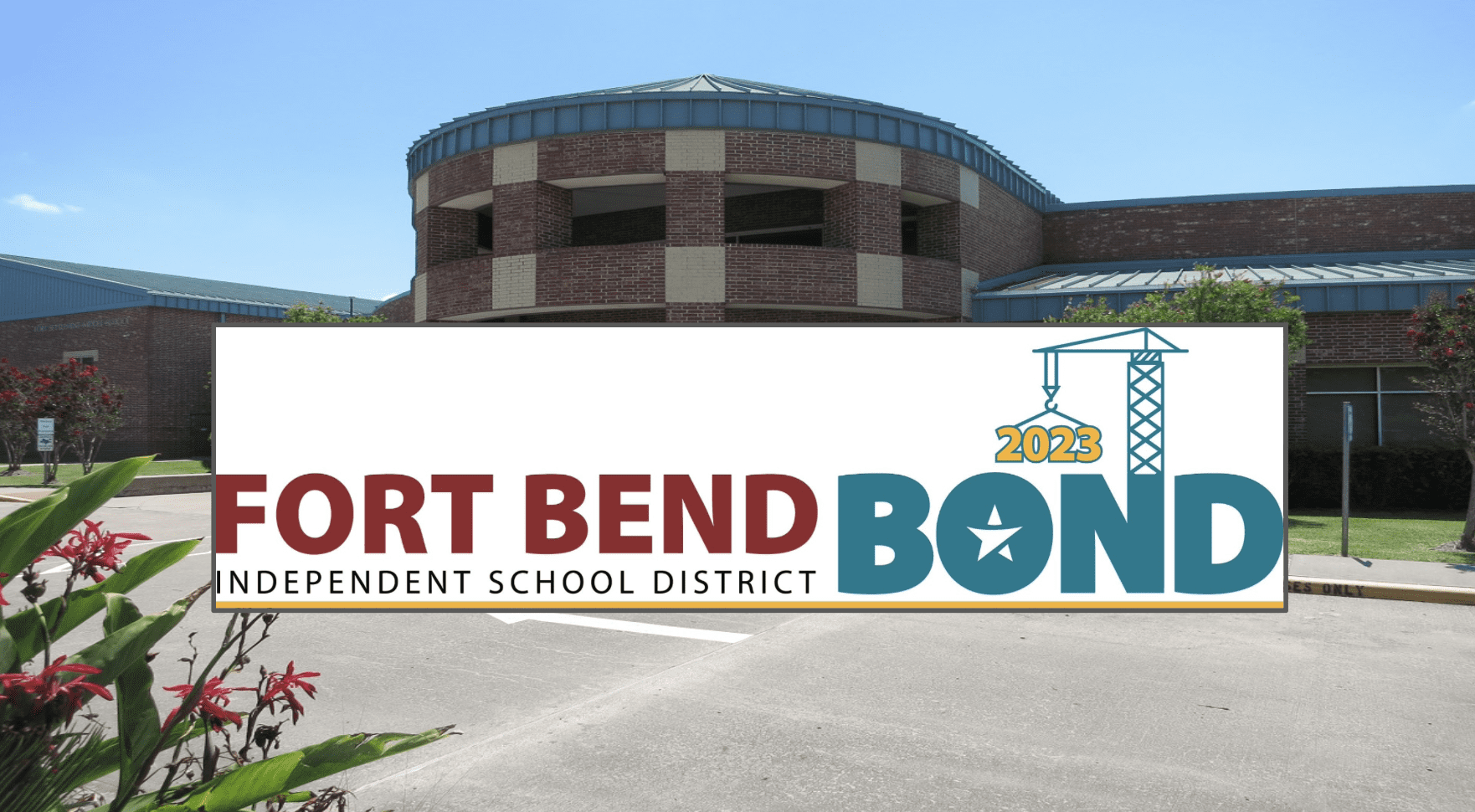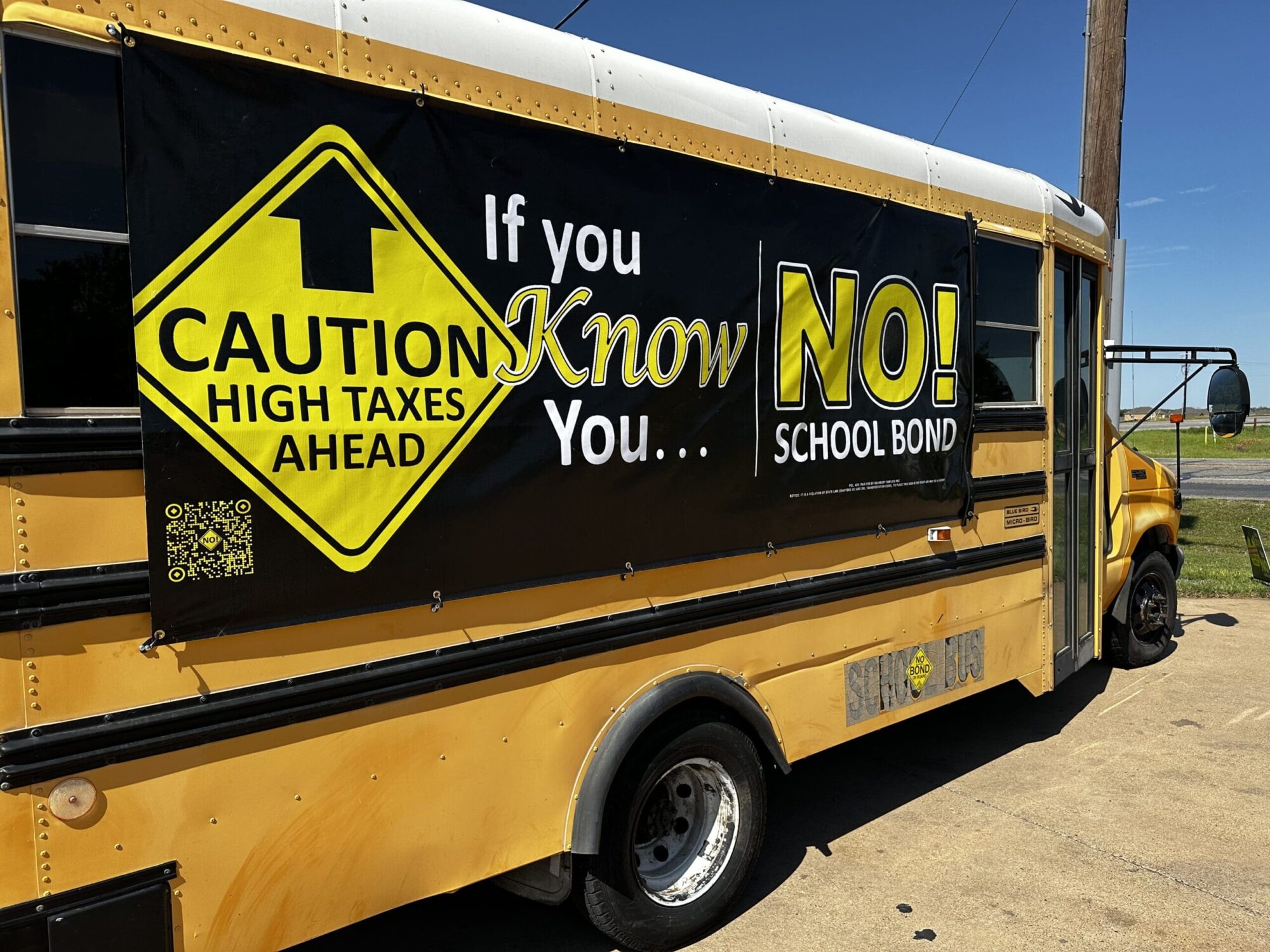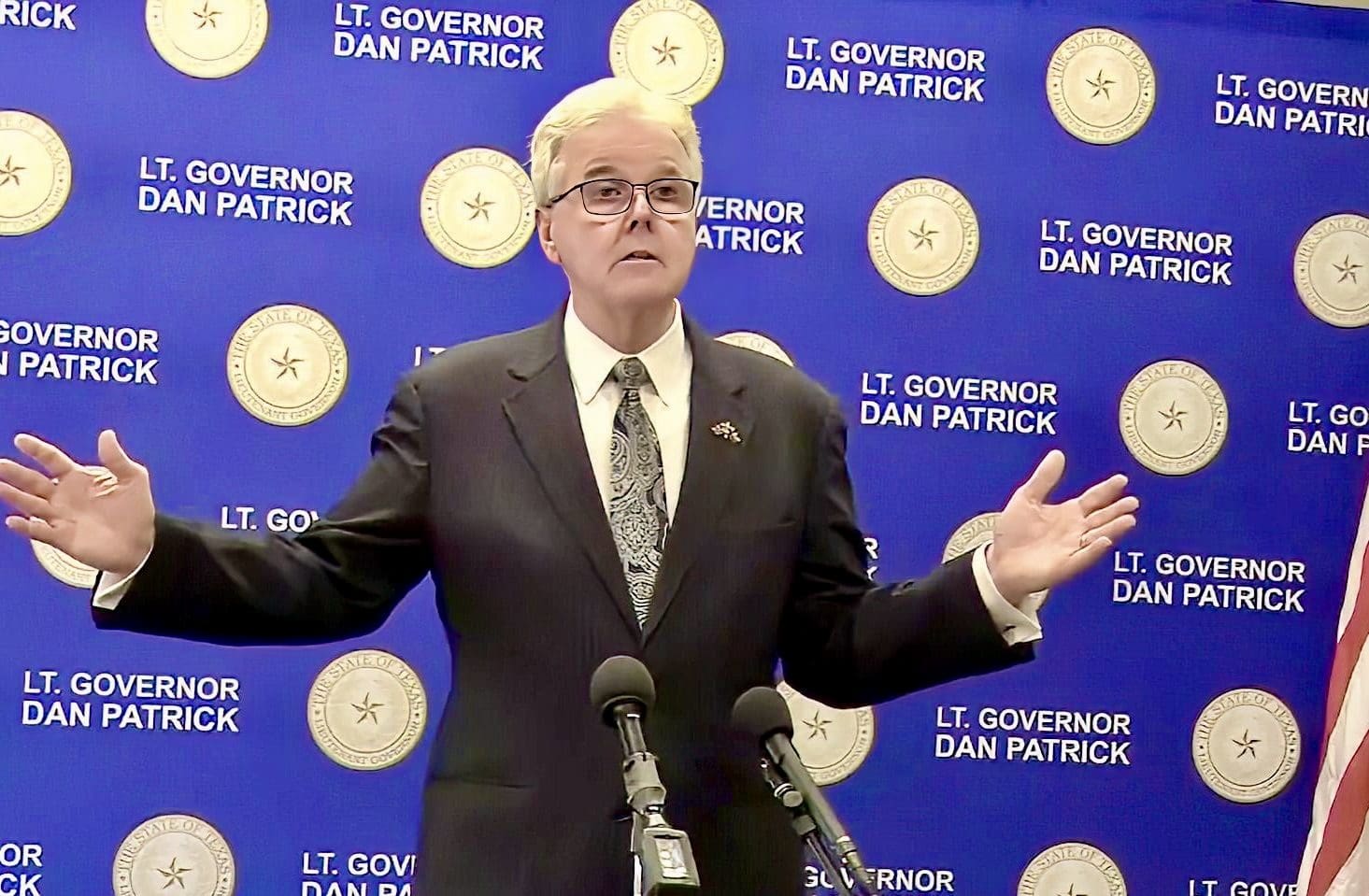A recent state agency report detailed just how dramatically property tax burdens have skyrocketed in Texas over the last two decades. The figures are staggering.
According to the Legislative Budget Board, the cumulative tax burden imposed by local governments on every man, woman, and child in Texas increased 47% since 1992, after adjusting for inflation.
In other words – after accounting for population growth and inflation – local governments have increased their cost to taxpayers by nearly 50%.
State lawmakers beholden to local governments and their tax-funded lobbyists have opposed efforts by conservatives to limit property tax increases and empower taxpayers.
As booming population growth continues to create historic spikes in appraisal values, local officials have refused to lower their tax rates, resulting in higher property tax bills.
This explains why Texas’ highest growth areas, such as Collin, Fort Bend, and Travis Counties, are where taxpayers are gouged the most.
Local officials have the power to prevent tax hikes on their existing base by adopting their “effective” tax rates—far too many refuse to do so.
Instead, cities, counties, and schools routinely gouge taxpayers with a three to 10% annual increase, in addition to collecting new revenue from new properties added to the tax rolls from economic development. Property owners, in effect, are being asked to pay more for local government each year simply because their property rose in value.
Texas homeowners now pay the fourth highest property tax bills in the nation, or 63% higher than the average state, and are saddled with the second highest local debt burden, per resident.
Among the nine states without a personal income tax, Texas ties New Hampshire for imposing the most oppressive burdens on homeowners nationwide. It’s worth noting that New Hampshire does not levy a sales tax at the state or local level—zero.
Another contributing factor is that local school taxes are picking up a bigger portion of the tab for K-12 education. While total education spending tends to garner the most media attention, an ever-increasing portion of that burden is being shifted to local property taxpayers and away from the state.
Over the last ten years, local property burdens imposed by school districts have increased six times faster than state appropriations (44% vs. 7%).
This means that while local taxpayers pay skyrocketing school taxes for both district operations and ballooning local debt, overall funding per student in recent years has remained relatively flat.
State lawmakers need to act. They can begin by requiring local voter approval for excessive tax increases, and begin shifting the burden of K-12 education back onto the state, and away from property taxpayers.
The LBB report demonstrates that over the last twenty-five years, Texas has been moving in the opposite direction. It continues to be a costly mistake.




